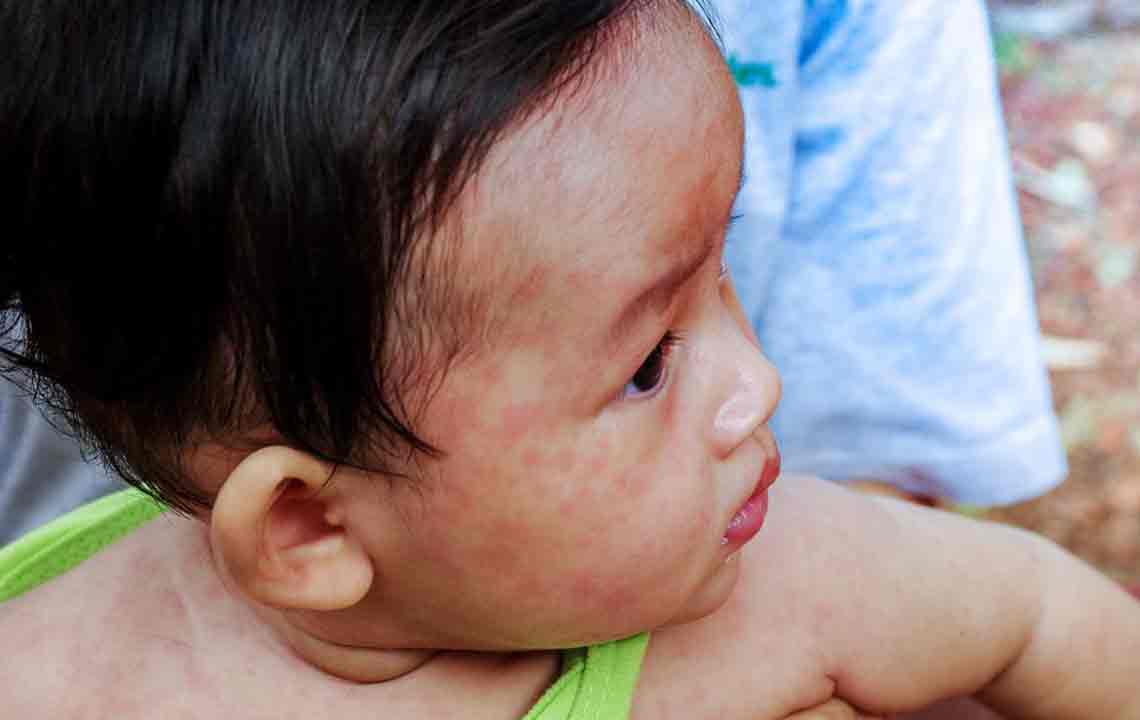Shingles- Causes and Treatments for Shingles
Ever faced chicken pox? All those rashes and itching? What if it made a comeback? That’s shingles for you. Best identified as painful blisters or itchy rashes near the torso or face area, shingles recurs in adults in the late or young stages. Shingles are known by many names such as herpes zoster, zoster, and Zona. Roughly 1 million people in the U.S. are prone to shingles every year and one out of three people are affected by this condition.
Recurrent episodes of shingles are not unheard of and may be even common to a few. Shingles mainly result due to weak immune systems.

What causes shingles?
Before knowing the treatments for shingles, it is essential to know how they are caused and their common signs of identification. At first, a burning sensation occurs followed by itching and tingling. As time passes, rashes appear on the skin in striped or band-like patterns. This is how you spot shingles on the body. Shingles typically cover one side of the body and develop along neural pathways on the skin and don’t go over the midlines.
Shingles are blister look-alikes which eventually open, dry up, and form a crust on the skin. They are similar in appearance to chickenpox except for the fact chickenpox commonly occurs in young kids and shingles are known to occur during adulthood.
Shingles begin when a virus is known as the ‘varicella zoster’ reactivates in the body. Shingles also occur in those who have previously faced chicken pox and had received the vaccine for it.
What do you need to know?
- Shingles can be transmitted from person to person via direct contact.
- It is however, only contagious when the blisters appear.
- Coughing and sneezing cannot transmit shingles to others.
- Pregnant women and those who are immunocompromised should actively avoid contact with those who are affected with shingles. After the crust stage occurs upon drying, shingles cannot be transmitted.
- Shingles, however, can be transmitted in fluid form when the blisters occur and open up.
Risk factors for Shingles
Shingles often occur in older people aged 60 and above. It occurs as a result of decreasing immunity or weakened immune systems. Cancers and other diseases like HIV have cases of shingles occurrence too. People who have undergone organ transplants are also prone to getting shingles alongside those who are victims of autoimmune diseases like Crohn’s disease, rheumatoid arthritis, systemic lupus erythematosus, and ulcerative colitis. Emotional and psychological stresses also contribute to the further development of shingles as a result of weakening immune systems.
Treatments for shingles
There are various treatments for shingles. Some of the common treatments for shingles include:
- Tropical calamine solution
- Cold wet compresses
- Domeboro
- Colloidal oatmeal baths
- Baking soda/cornstarch and water mixture
- Other remedies include using soothing lotions and creams to reduce discomfort, topical ointments with capsaicin in them, and daily cleansing baths and showers.
Shingles may last anywhere from two to four weeks and this period can be extended depending on the condition of the person’s weakened immune system. Dietary changes must be made to aid in the healing process of shingles, and most treatments for shingles include adding fruits and vegetables rich in vitamin A, B-12, C, and E into the diet, along with lysine, an amino acid.
The most commonly recommended foods used in the treatments for shingles have been listed below.
- Eggs
- Chicken
- Leafy green vegetables
- Fruits that are orange and yellow
- Wild-fish
- Dairy
- Whole grains
- Beans
- Tomato
- Spinach
Foods that should be avoided in the treatments for shingles include:
- Foods high in saturated fats
- Foods rich in arginines like chocolate, gelatin, and nuts
- Products high in sugar
- Canned or packaged foods and juices
- Refined Carbs
- Any foods that are unhealthy or inorganic
Other than diet and medication, there are homeopathic treatments for shingles too. Supplements and herbal medications play a pivotal role in the homeopathic treatments for shingles which include, but may not be limited to:
- Melatonin
- St.John’s wort
- Oregano oil
- Echinacea
- Lemon balm
- Green tea
- And, essential fatty acids
Treatments for Shingles work differently for everyone. Some of these natural homeopathic remedies may or may not work for everyone and that’s something to keep in mind since the virus has already run through the body. The key takeaway is that by incorporating a healthy lifestyle, diet, and following up with your doctor, shingles can be treated and healed completely.

